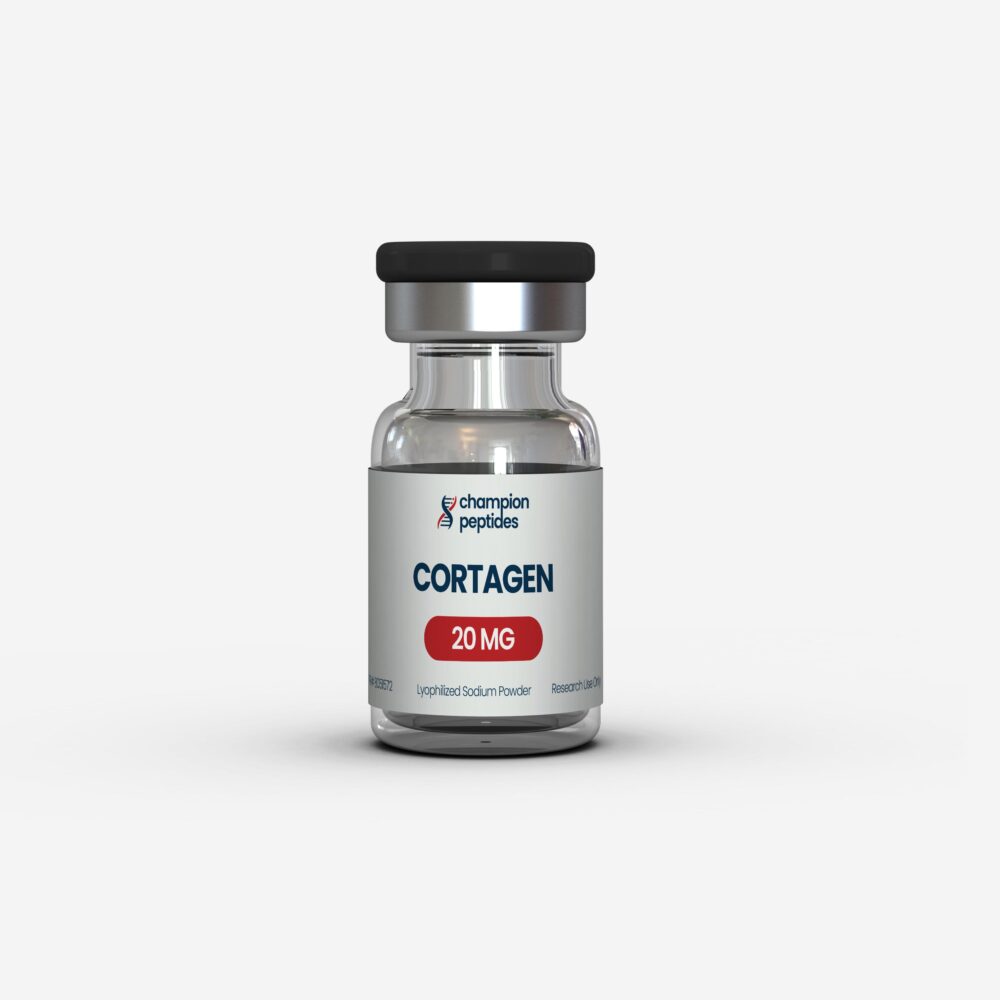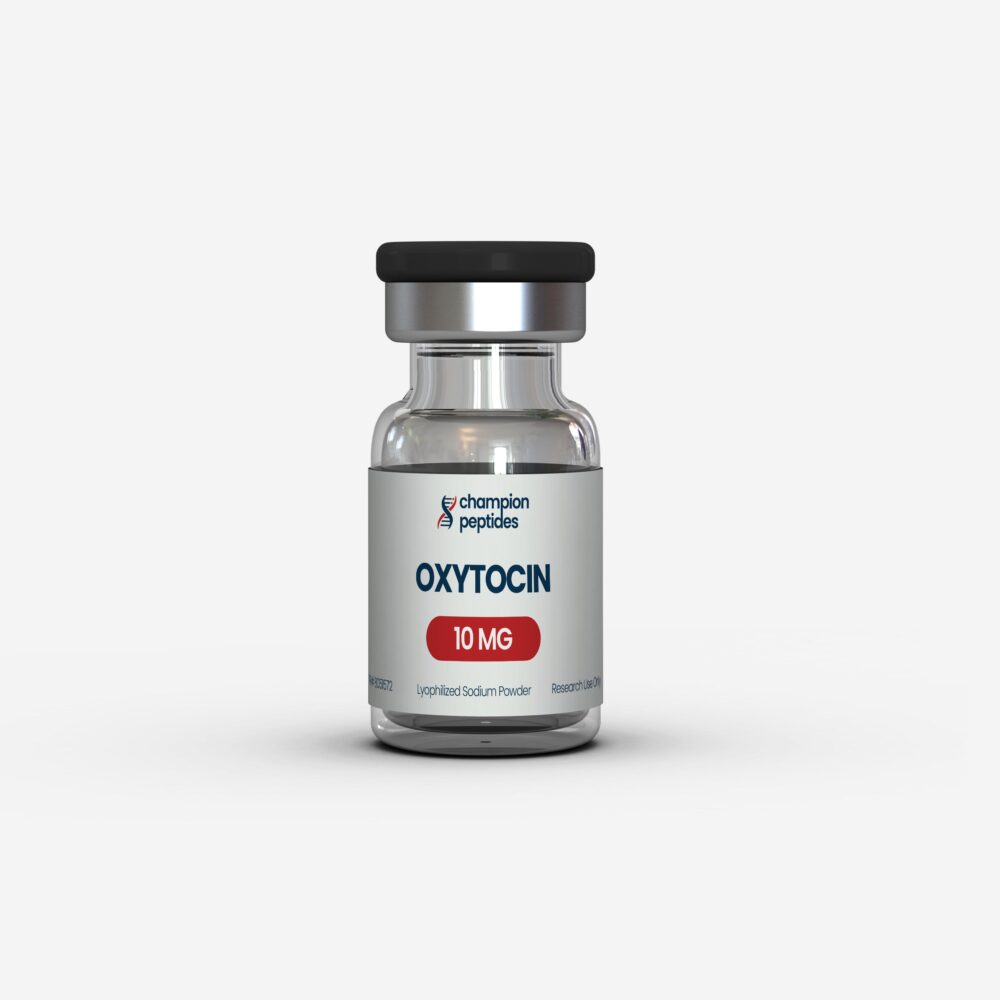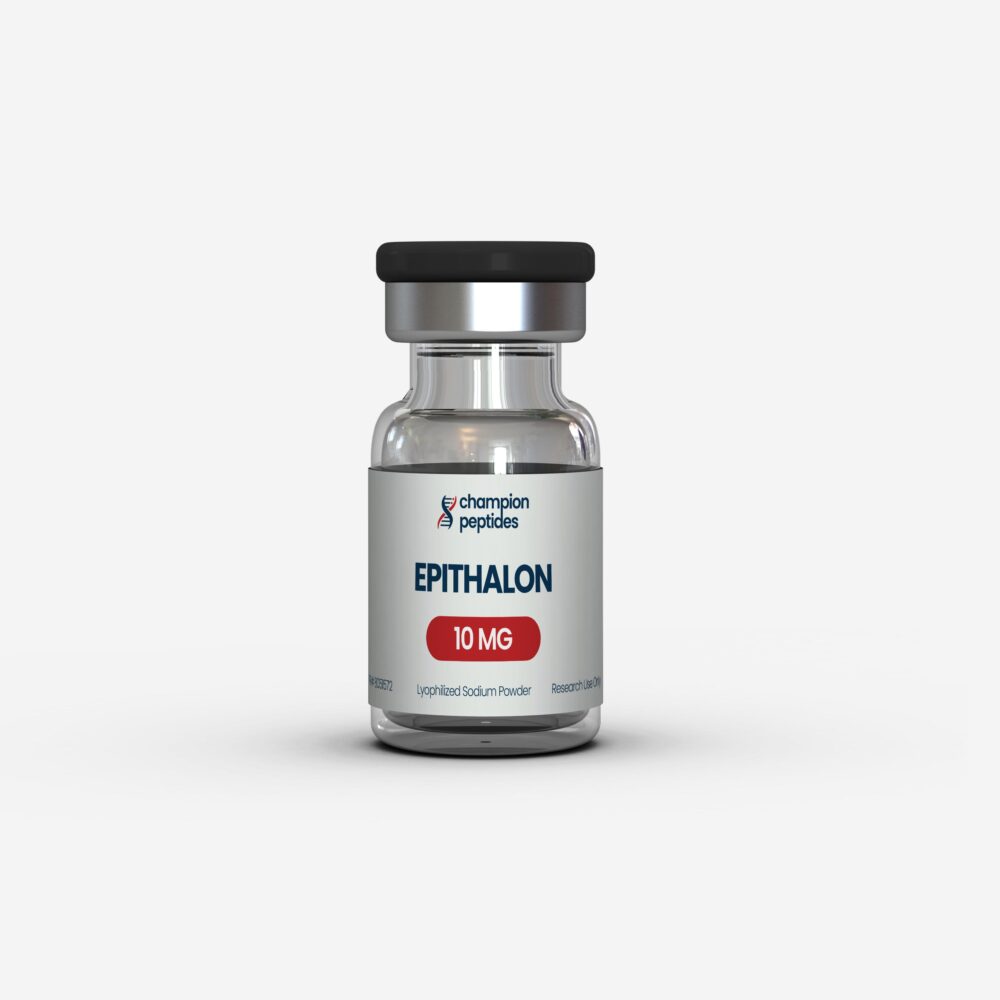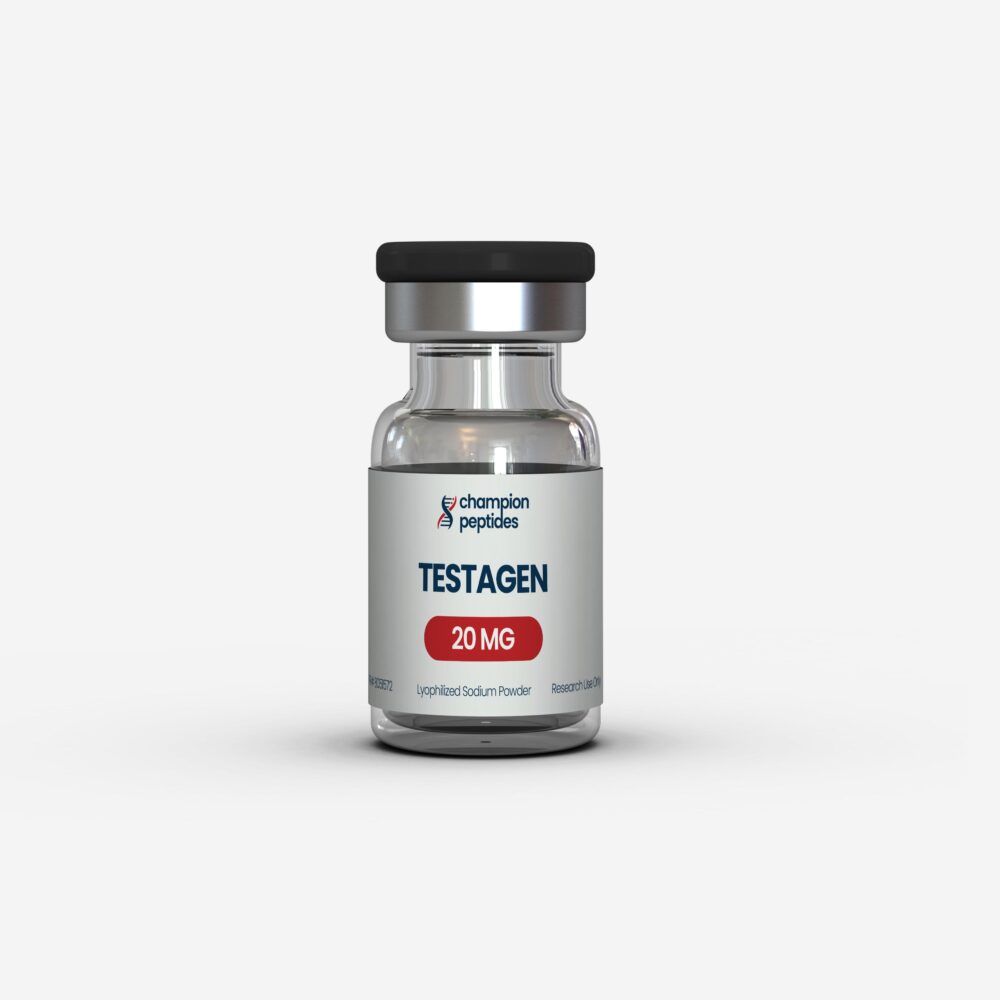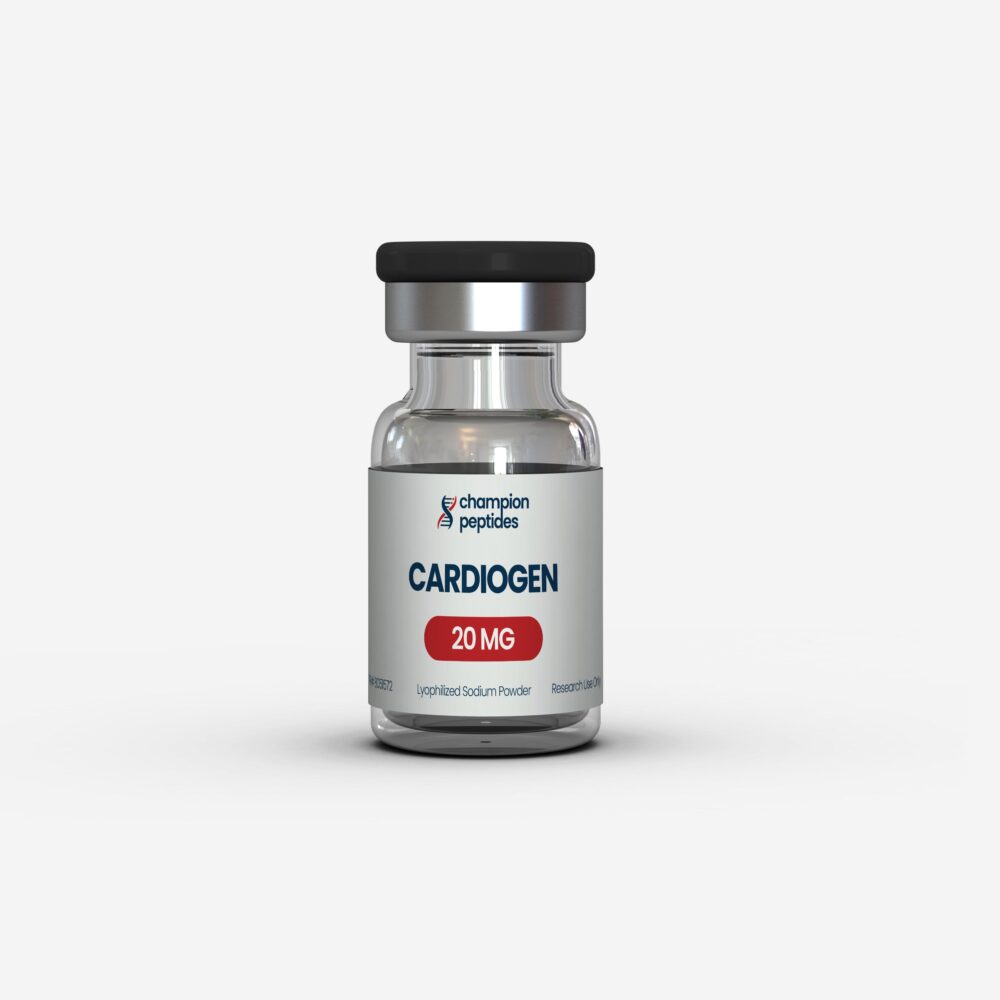- SS-31 demonstrates 35% improvement in ATP production and 40% reduction in ROS levels in aged bone marrow stem cells
- Phospholipid scramblase 3 (PLSCR3) identified as essential mediator of SS-31’s mitochondrial protective effects
- Clinical trials show significant cardiac improvement in Barth syndrome patients with SS-31 treatment
- Research reveals 78.3% oocyte maturation rate versus 55.2% control in reproductive studies
- Laboratory studies confirm SS-31’s unique cardiolipin stabilization mechanism distinguishes it from conventional antioxidants
Contents
Scientific Overview and Mechanisms
The SS-31 peptide, scientifically designated as elamipretide, represents a groundbreaking advancement in mitochondrial-targeted therapeutic research. This synthetic tetrapeptide exhibits unprecedented specificity for cardiolipin, a unique phospholipid found exclusively in the inner mitochondrial membrane. Unlike conventional antioxidants that broadly scavenge reactive oxygen species, this compound demonstrates sophisticated molecular targeting through its aromatic-cationic structure.
Recent investigations have established SS-31’s mechanism of action centers on cardiolipin stabilization rather than simple ROS neutralization. The peptide’s dimethyltyrosine residue confers exceptional binding affinity to cardiolipin, while its overall positive charge facilitates selective accumulation within mitochondrial membranes. This precision targeting has positioned mitochondrial research at the forefront of therapeutic development across multiple disease states.
Laboratory findings demonstrate that these peptides work by preventing cardiolipin peroxidation, a critical process in mitochondrial dysfunction. When cardiolipin becomes oxidized, it disrupts electron transport chain complexes and triggers apoptotic cascades. The compound’s protective effects extend beyond simple antioxidant activity, encompassing membrane stability, bioenergetic efficiency, and cellular survival pathways.
The molecular weight of 640 Da allows efficient tissue penetration while maintaining stability against enzymatic degradation. Research investigations have confirmed that mitochondrial dysfunction, characterized by impaired oxidative phosphorylation and excessive ROS production, represents a central pathogenic mechanism in aging, neurodegeneration, and cardiac pathology. This targeted approach addresses the root cause rather than downstream consequences of cellular energy failure.
SS-31 Research Dosage Protocols
Laboratory protocols for SS-31 administration vary significantly based on research objectives and experimental models. Comprehensive analysis of recent studies reveals systematic approaches to dosing that optimize therapeutic windows while maintaining safety profiles. Research applications require careful consideration of bioavailability, target tissue penetration, and desired duration of effect.
| Research Application | Dosage Range | Administration Route | Study Population | Reported Outcomes |
|---|---|---|---|---|
| Cardiac Protection | 1-5 mg/kg | Subcutaneous | Barth syndrome patients | Significant cardiac improvement, transplant list inactive status |
| Neurodegeneration | 5 mg/kg daily | Intraperitoneal | Adult mice models | Improved cognitive function, reduced neuroinflammation |
| Pulmonary Protection | 5 mg/kg daily | Intraperitoneal | Bleomycin-induced fibrosis | Reduced fibrosis markers, improved lung function |
| Reproductive Health | 1 μM | In vitro culture | Porcine oocytes | 78.3% maturation rate vs 55.2% control |
| Muscle Injury | 8 mg/kg daily | Subcutaneous | VML injury models | Reduced ROS, improved respiratory conductance |
Pharmacokinetic studies indicate that the peptide demonstrates rapid tissue distribution with peak concentrations achieved within 30-60 minutes post-administration. The half-life varies between 2-4 hours depending on administration route, with research-grade preparations showing consistent bioavailability across multiple dosing regimens.
Critical dosing considerations include the biphasic response curve observed in multiple studies. Lower doses (1-5 mg/kg) consistently demonstrate optimal efficacy, while higher doses may paradoxically reduce beneficial effects. This phenomenon reflects the compound’s sophisticated mechanism of action and the importance of maintaining physiological mitochondrial membrane potential.
Duration of treatment protocols ranges from acute single-dose studies to chronic administration over 8-week periods. Research protocols emphasizing neuroprotection typically employ daily dosing for 14-28 days, while cardiac applications may extend treatment duration based on clinical response parameters. Laboratory investigations suggest that therapeutic benefits persist for 24-48 hours post-administration, supporting once-daily dosing regimens.
Clinical Research Evidence
Recent Studies (2024-2025)
The expanding body of clinical research on SS-31 demonstrates remarkable therapeutic potential across diverse pathological conditions. Nguyen et al. (2025) conducted groundbreaking research on reproductive applications, demonstrating that 1 μM SS-31 supplementation significantly enhanced porcine embryo development. Their investigation revealed improved oocyte maturation rates (78.3% versus 55.2% control), enhanced glutathione content, and superior mitochondrial membrane potential maintenance.
Neurological applications have shown exceptional promise in recent investigations. Wang et al. (2025) explored sepsis-associated encephalopathy, identifying mitochondrial inner membrane function as a critical therapeutic target. Their research demonstrated that laboratory studies with this compound significantly preserved mitochondrial integrity while reducing synaptic and cognitive deficits in experimental models.
Cardiovascular research has yielded particularly compelling results. Jacob et al. (2025) reported a remarkable case study involving prenatal Barth syndrome diagnosis, where SS-31 initiation shortly after birth resulted in sustained clinical improvement. The patient progressed to inactive status on the heart transplant list, demonstrating the compound’s profound cardiac protective effects. This case represents a paradigm shift in managing severe mitochondrial cardiomyopathy.
Pulmonary research by Gu et al. (2025) examined bleomycin-induced pulmonary fibrosis, revealing that 5 mg/kg daily SS-31 administration significantly reduced body weight loss, inflammatory markers, and fibrotic progression. Their electron microscopy analysis confirmed preservation of mitochondrial ultrastructure and enhanced ATP production, supporting the compound’s cellular protective mechanisms.
Bone marrow stem cell research by Duan et al. (2025) demonstrated remarkable regenerative potential. Laboratory investigations showed 35% increased ATP production, 40% ROS reduction, and 2.8-fold enhancement in alkaline phosphatase activity in aged bone marrow-derived mesenchymal stem cells. The study identified NOS2 as a specific target, with SS-31 reducing its expression by 50%.
Acute kidney injury research has revealed PLSCR3 as an essential mediator of protective effects. Patel et al. (2025) identified this protein as a novel therapeutic target, positioning it as crucial for maintaining mitochondrial homeostasis during injury responses. Their review emphasizes the compound’s unique position among tissue protective peptides due to its specific cardiolipin binding properties.
Spinal cord injury investigations by Ravenscraft et al. (2025) demonstrated neuroprotective effects through cardiolipin alteration prevention. Their research revealed dose-dependent reductions in rotenone and glutamate-induced neuronal death, with lipidomics analysis confirming cardiolipin preservation at 24 hours post-injury.
Mechanism-Specific Research Findings
Advanced research has elucidated the compound’s mechanism beyond simple antioxidant activity. The peptide’s ability to prevent cytochrome c release from mitochondria represents a critical intervention point in apoptotic cascades. This mechanism distinguishes it from conventional antioxidants that merely neutralize existing ROS without addressing underlying membrane instability.
Recent aging research by Dhanekula et al. (2025) examined aortic aging mechanisms, demonstrating that mitochondrial dysfunction drives age-related vascular degeneration. Their investigation showed that laboratory studies with this compound restored complex II-linked respiration in aged mice while reducing inflammatory MMP9 expression and elastin breaks.
Research Community Perspectives
The scientific research community has demonstrated substantial interest in mitochondrial-targeted therapeutics, with SS-31 representing a leading compound in this emerging field. Research interest indicators from academic forums suggest growing recognition of the peptide’s unique mechanism and therapeutic potential across multiple disease states.
Investigators have particularly emphasized the compound’s distinction from conventional antioxidants. Rather than broadly scavenging ROS, the peptide’s cardiolipin-specific targeting addresses the fundamental cause of mitochondrial dysfunction. This precision approach has garnered attention from researchers studying aging, neurodegeneration, and metabolic disorders.
Clinical research communities have noted the compound’s exceptional safety profile across diverse patient populations. Unlike traditional antioxidants that may interfere with physiological ROS signaling, laboratory findings suggest this compound maintains cellular redox balance while protecting critical mitochondrial components. This selectivity has prompted increased research into mitochondrial optimization strategies.
The peptide’s rapid onset of action has attracted attention from acute care researchers. Emergency medicine investigations suggest potential applications in conditions requiring immediate mitochondrial protection, including stroke, cardiac arrest, and traumatic injury. Research trend indicators point toward expanded clinical trials in these critical care applications.
Research Applications and Laboratory Access
Laboratory applications of SS-31 span diverse research domains, from basic mitochondrial biology to translational clinical studies. Research protocols emphasize the compound’s utility in investigating cardiolipin biology, mitochondrial membrane dynamics, and bioenergetic function. The peptide serves as an essential tool for researchers studying the intersection of aging, disease, and cellular energy metabolism.
Reproductive biology research has identified significant applications in fertility studies and developmental biology. The compound’s ability to enhance oocyte maturation and embryo development positions it as a valuable research tool for investigating mitochondrial contributions to reproductive success. Laboratory protocols for reproductive applications typically employ concentrations ranging from 0.1-1.0 μM in culture media.
Neurological research applications encompass studies of neurodegeneration, traumatic brain injury, and cognitive enhancement. Research investigations utilize the compound to examine mitochondrial contributions to synaptic function, neuroplasticity, and neuronal survival. These applications require careful consideration of blood-brain barrier penetration and optimal dosing regimens for neuroprotective research.
Cardiovascular research protocols examine the compound’s effects on cardiac energetics, ischemia-reperfusion injury, and heart failure progression. Laboratory studies typically employ both in vitro cardiomyocyte cultures and in vivo cardiac stress models. Research applications in this domain focus on understanding mitochondrial contributions to cardiac pathology and therapeutic intervention strategies.
Aging research represents a rapidly expanding application domain, with investigators using the compound to study mitochondrial dysfunction’s role in age-related diseases. Research protocols examine cellular senescence, oxidative stress accumulation, and age-associated functional decline. These investigations position mitochondrial targeting as a fundamental approach to healthy aging research.
For research purposes only, the compound is available through specialized suppliers meeting strict quality control standards. Laboratory access requires appropriate institutional oversight and compliance with research ethics guidelines. Research protocols should incorporate proper safety measures and disposal procedures consistent with peptide handling requirements.
Frequently Asked Questions
What is SS-31 peptide and how does it work?
SS-31, also known as elamipretide, is a synthetic tetrapeptide that specifically targets cardiolipin in the inner mitochondrial membrane. Unlike conventional antioxidants, it works by stabilizing cardiolipin structure and preventing peroxidation, thereby maintaining mitochondrial membrane integrity and optimizing electron transport chain function. Research demonstrates its unique mechanism addresses the root cause of mitochondrial dysfunction rather than merely treating symptoms.
What are the main SS-31 peptide benefits shown in research?
Research investigations have demonstrated multiple benefits including 35% improved ATP production, 40% ROS reduction, enhanced cardiac function in Barth syndrome, 78.3% oocyte maturation rates versus 55.2% control, reduced neuroinflammation, improved pulmonary function in fibrosis models, and enhanced bone marrow stem cell regeneration. These effects stem from the compound’s ability to preserve mitochondrial function across diverse tissue types.
What is the recommended SS-31 peptide dosage for research?
Research protocols typically employ doses ranging from 1-8 mg/kg depending on application. Cardiac studies use 1-5 mg/kg subcutaneously, neurological research employs 5 mg/kg intraperitoneally, while in vitro studies utilize 0.1-1.0 μM concentrations. Laboratory investigations emphasize that lower doses often demonstrate superior efficacy due to the compound’s biphasic response curve and specific mechanism of action.
Are there any SS-31 peptide side effects reported in studies?
Clinical research reports minimal adverse effects at therapeutic doses. The compound’s targeted mechanism and rapid clearance contribute to its favorable safety profile. Research studies have not identified significant toxicity concerns at recommended dosing ranges. However, higher doses may paradoxically reduce efficacy, emphasizing the importance of proper dosing protocols in research applications.
How does SS-31 compare to other mitochondrial peptides?
SS-31 demonstrates unique cardiolipin-specific targeting that distinguishes it from other mitochondrial compounds. While general antioxidants broadly neutralize ROS, this peptide specifically stabilizes mitochondrial membranes. Research comparisons show superior bioavailability and tissue penetration compared to larger mitochondrial-targeted molecules, with more precise mechanism of action than conventional antioxidant therapies.
What is the SS-31 protocol for laboratory research?
Laboratory protocols typically involve daily administration for 14-28 days depending on research objectives. Subcutaneous injection remains the preferred route for in vivo studies, while in vitro applications use direct culture media supplementation. Research protocols emphasize once-daily dosing due to the compound’s 24-48 hour duration of therapeutic effects and consistent bioavailability profiles.
Can SS-31 help with kidney function in research models?
Research demonstrates significant renal protective effects through PLSCR3-mediated mechanisms. Studies show reduced acute kidney injury markers, preserved mitochondrial function in renal cells, and protection against nephrotoxicity. The compound’s ability to maintain glomerular basement membrane integrity and prevent podocyte dysfunction positions it as a valuable tool for nephrology research applications.
Is SS-31 available for research purposes?
Yes, research-grade SS-31 is available through specialized suppliers for laboratory investigations. Research applications require appropriate institutional oversight and compliance with safety protocols. The compound is supplied for research use only, with proper documentation and handling procedures required for laboratory studies investigating mitochondrial function and therapeutic applications.
Conclusion
The comprehensive body of research on SS-31 establishes this compound as a revolutionary advancement in mitochondrial-targeted therapeutics. Unlike conventional approaches that address symptoms of cellular dysfunction, laboratory studies consistently demonstrate that this peptide targets the fundamental mechanisms underlying mitochondrial pathology. The identification of PLSCR3 as a critical mediator of its effects provides new insights into precision therapeutic strategies.
Clinical evidence spanning cardiac protection, neurodegeneration, reproductive health, and tissue regeneration demonstrates the compound’s versatility across diverse pathological states. The remarkable case study results in Barth syndrome, combined with consistent laboratory findings across multiple disease models, position SS-31 research at the forefront of therapeutic development.
The peptide’s unique cardiolipin-stabilizing mechanism distinguishes it from broader antioxidant approaches, offering specificity that preserves physiological cellular processes while protecting against pathological dysfunction. Research trends indicate expanding applications in aging, metabolic disorders, and acute care scenarios where mitochondrial protection proves critical.
Future research directions emphasize the compound’s potential in combination therapies and personalized medicine approaches. The growing understanding of mitochondrial contributions to diverse diseases suggests that targeted interventions like advanced peptide research will play increasingly important roles in therapeutic development.
As research continues to elucidate the complex relationships between mitochondrial function, aging, and disease, SS-31 represents a paradigm shift toward precision cellular therapy. The compound’s exceptional safety profile, combined with its demonstrated efficacy across multiple research domains, establishes it as an essential tool for advancing our understanding of mitochondrial medicine and developing next-generation therapeutic interventions.
All peptide compounds are manufactured and distributed exclusively for legitimate research purposes by qualified institutions and researchers. Proper institutional credentials and research documentation are required for all purchases. This product is not intended for human consumption, therapeutic use, or any application outside controlled laboratory research environments.


